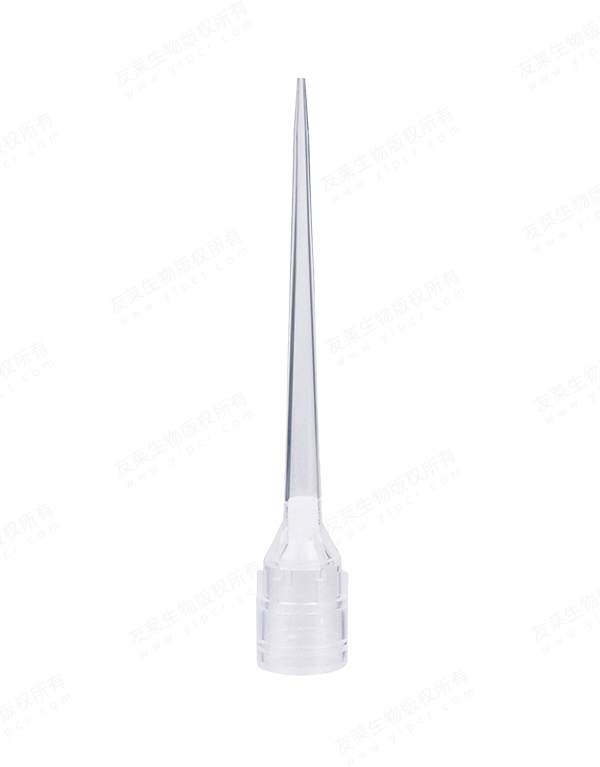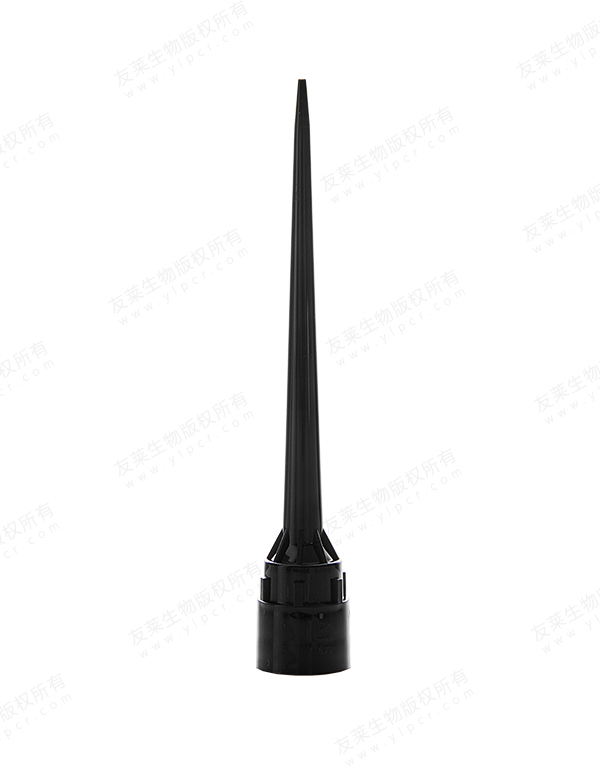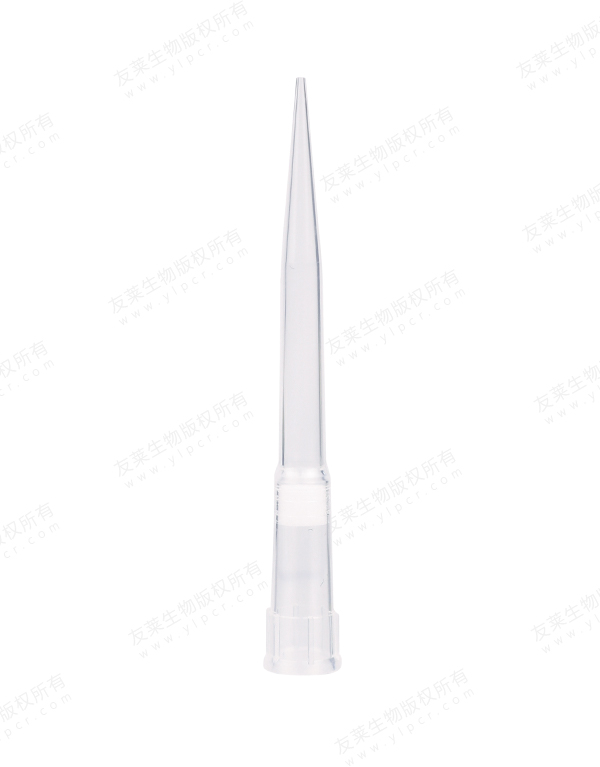1、 By size
Large centrifugal tube (500mL, 250mL)
Ordinary centrifugal tube (50mL, 15mL)
Microcentrifuge tube (2mL, 1.5mL, 0.65mL, 0.2mL)
2、 According to bottom shape
Conical centrifugal tube with a tapered bottom is the most commonly used type of centrifugal tube
Flat bottom centrifugal tube
Round bottom centrifugal tube
3、 Follow the lid closure method
A centrifugal tube that is sealed by pressing, commonly found in miniature centrifugal tubes
Spiral cap centrifugal tube, which can be divided into flat cap (the top of the cap is flat) and plug cap (the top of the cap has a plug shape)
4、 According to material
Plastic centrifugal pipe, glass centrifugal pipe, steel centrifugal pipe
1. Plastic centrifugal pipe
The advantage of a plastic centrifuge tube is that it is transparent or translucent, and its hardness is small, which can be taken out by puncture. The disadvantages are easy deformation, poor resistance to organic solvent corrosion, and short service life.
Plastic centrifuge tubes all have caps that prevent sample leakage, especially when used for radioactive or highly corrosive samples; The tube cap also serves to prevent sample volatilization and support the centrifuge tube, preventing deformation of the centrifuge tube. When selecting this point, attention should also be paid to checking whether the pipe cover is tight and whether it can be tightly covered during the test to ensure that there is no liquid leakage when inverted;
We all know that common materials used in plastic centrifugal pipes include polyethylene (PE), polycarbonate (PC), polypropylene (PP), etc. Among them, polypropylene PP pipes have relatively good performance. Therefore, when selecting plastic centrifugal pipes, we should consider polypropylene plastic centrifugal pipes as much as possible.
Plastic centrifuge tubes are generally disposable experimental instruments and are not recommended for repeated use. To save money, PP centrifugal tubes can be reused as appropriate, but they need to be thoroughly disinfected under high temperature and pressure to ensure the scientific nature of the experimental results. Centrifugal pipes made of PE cannot be sterilized under high temperature and pressure.
The packaging or instructions for plastic centrifugal tubes generally indicate the centrifugal force or recommended rotational speed that the product can withstand. To ensure safety and reliable results of the experiment, centrifugal tubes that meet the rotational speed requirements of the experiment should be selected.
2. Glass centrifuge tube
When using glass tubes, the centrifugal force should not be too large, and rubber pads should be placed to prevent tube breakage. Generally, high-speed centrifuges do not use glass tubes. "If the closure of the cover of the centrifuge tube is not good enough, the liquid cannot be filled up (for high-speed centrifuges and angular rotors are used) to prevent spillage and loss of balance.". The consequence of overflow is to pollute the rotor and centrifugal cavity, affecting the normal operation of the inductor. During ultracentrifugation, the centrifuge tube must be filled with liquid because ultracentrifugation requires high vacuum, and only by filling can deformation of the centrifuge tube be avoided.
3. Steel centrifugal pipe
"Steel centrifugal pipes have high strength, do not deform, and are resistant to heat, freezing, and chemical corrosion. They are also widely used. However, when used, it is also important to avoid contact with highly corrosive chemicals, such as strong acids and alkalis.". Try to avoid the corrosion of these chemicals.

 English
English русский
русский 中文简体
中文简体




